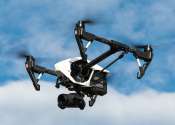Harvesting big energy from small movement
Since the ancient Greeks, humankind has known that if you bring two things into contact, a small amount of electricity is created. One example is that we can rub a balloon with our hair and generate enough electricity to ...
Jan 27, 2023
0
183








